
Review on 🔋 POWEROWL Rechargeable AAA Batteries (8 Pack) - High Capacity 1000mAh NiMH, Low Self Discharge AAA Rechargeable Batteries by Shannon Chisholm

First tests for hiking were great. Overall durability time will tell.
Today's backpackers not only have to manage their physical energy balance, but also the energy balance of their devices, and every gram counts. Your phone, headlamp, headphones, possibly a dedicated GPS device, etc. use electricity. For a weekend getaway, this is not critical. Simply manage the power consumption, maybe have a small power bank with you and always charge everything on the way home. However, carrying many spare batteries is impractical on long journeys, and without them the risk of battery failure in mission-critical applications such as lighting and navigation can be unacceptably high. To make matters worse, I like hiking in the evenings, partly because the summers are cooler and partly because the days are so short in the winter. Self-discharge rate (1-3% per DAY) and a few weak batteries bit me too many times so I eventually switched back to alkaline batteries and carried enough spares with me. However, I still had great NiMH chargers that weren't being used and the new low self-discharge technology was intriguing and seemed mature enough for several manufacturers to offer it at decent prices. PowerOwl Batteries, I wanted to make a less subjective comparison between my three options - regular AAA alkaline, branded alkaline, and PowerOwl NiMH. To measure the discharge rate, I used my camping headlamp. This is Coast FL75 with medium intensity white light and maximum beam spread. I hung the lamp 44 inches off the ground and measured the brightness at ground level using the lux meter app on my phone. This is a pretty tough test of battery life, but I expect night hikes where I would use these settings for the lighting. The best balance of battery life and trail visibility. 10-15 minutes working time PowerOwl (after the first full charge) was the longest at the brightest, almost 1.5 hours of wandering time and another 10-15 minutes of working time considering the fact that NiMH batteries are considered after several discharge/charge cycles I was able to camp overnight with the PowerOwl batteries for up to two hours, which is a huge improvement. Obviously I haven't been able to see how well these perform after months of charging, how many charge cycles they have before their capacity drops too much, or even how the batteries last for years, but for now this is mine.Battery backpack solution . I supplement batteries with a very small/lightweight USB powered NiMH charger that I can pair with my tiny USB charger so I can charge anything in a hostel or hotel between overnight hikes. Due to the low rate of discharge, I will buy and test AA batteries in computer arms and the like. It would be nice to go back to a less wasteful portable power supply solution.
- Extended lifespan: Powerowl batteries can be charged over 1200 times and retain a 70% charge after 3 years of non-use. It is strongly recommended that each battery be fully charged before first use. Please charge 60-80% every 3 months if you don't use the batteries for a long time.
- Electrical outlet required
New products
Comments (0)
Top products in 🔋 Household Batteries
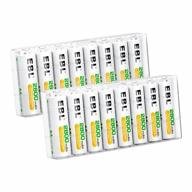
16 Count EBL AA Rechargeable Batteries 2800MAh Ready2Charge Quality

43 Review
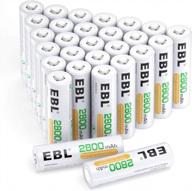
28 Pack Of EBL High Capacity Precharged Ni-MH AA Rechargeable Batteries With 2800MAh Capacity

32 Review
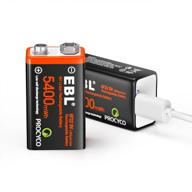
Long-Lasting EBL 9V Lithium Rechargeable Batteries With USB 5400MWh Capacity (Pack Of 2)

35 Review
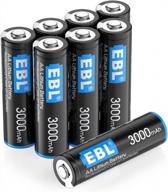
EBL 8 Pack Lithium AA Batteries - Powering High-Tech Devices With 3000MAh Capacity At A Constant 1.5V

37 Review
Another interesting products
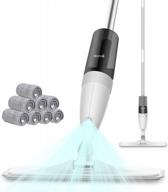
Effortlessly Clean Hard Floors With DEERMA'S 360° Rotation Spray Mop - Includes 8 Microfiber Refills And 350Ml Water Tank

42 Review

Vileda Ultramax set

102 Review
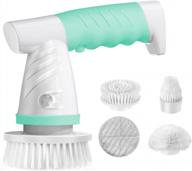
Portable Rechargeable Electric Spin Scrubber For Household Cleaning - Ideal For Bathroom, Kitchen, And Windows. Power Scrub Brush For Bathtubs, Sinks, Tiles, Grout, And Stove Cooker.

36 Review
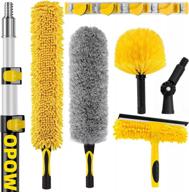
20 Foot High Reach Duster For Cleaning Kit With 5-12Ft Heavy Duty Extension Pole, Sturdy Extendable Microfiber Feather Duster, High Ceiling Fan Duster, Cobweb Dusters, Window Squeegee Cleaner Kits

35 Review

